How would you describe this form? Anorexic, exoskelliton, shrink-wrapped, dehidrated...
Unusual free standing home in central London

How would you describe this form? Anorexic, exoskelliton, shrink-wrapped, dehidrated...
Unusual free standing home in central London

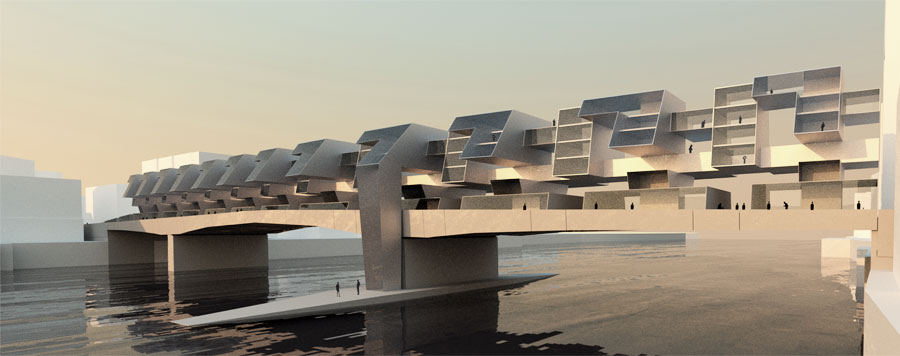






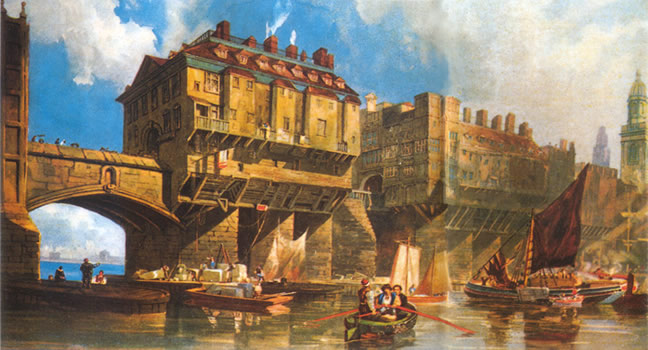

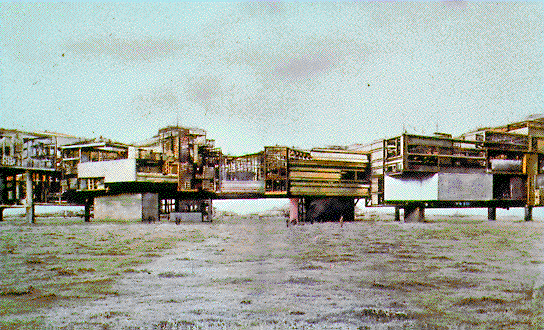
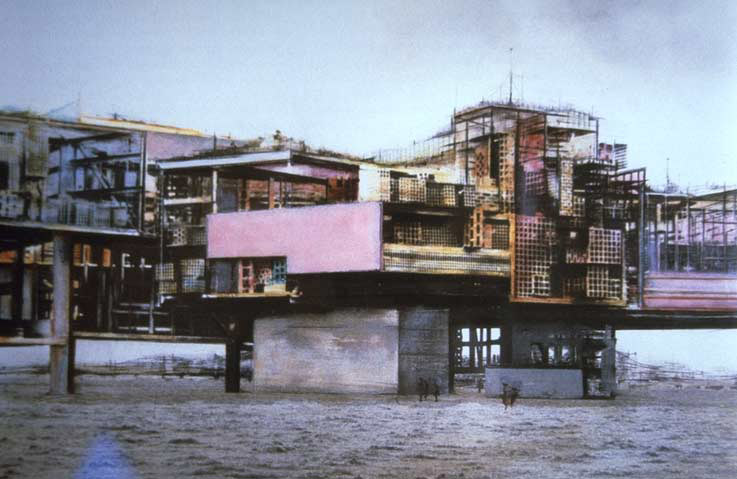 [Images: Constant's New Babylon – not the same as this New Babylon, of course... though that would be interesting].
[Images: Constant's New Babylon – not the same as this New Babylon, of course... though that would be interesting].











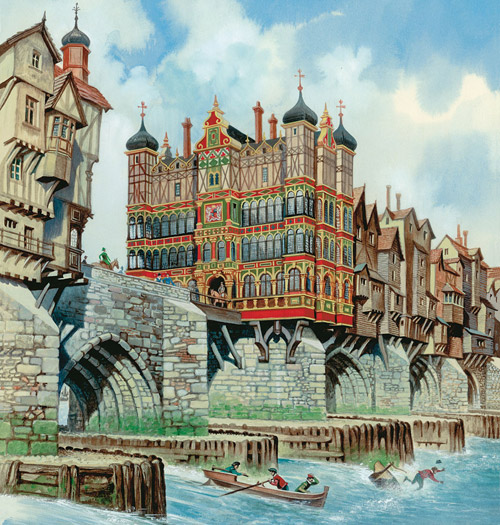





Celebrating the city can be an inspirational gift from artists. Berlin based street artist EVOL took a chance and transformed small architectural elements of the city into mini concrete-like block towers. Electric boxes, small planters, garbage cans, concrete chairs and other infrastructure elements received an urban makeover that reminds us of soviet-style concrete buildings. By exposing the past of architecture, the artist tried a simple method of awareness and managed to reach a large number of people with his art. Printed as a recurring pattern of small windows, the art covering some city elements has a few mini inhabitants that break the self-imposed rules of boring repetition. The prints were cut and pasted throughout European cities, creating islands of the past that stand out in the streets. Inhabitat discovered the artist we present today and his works will be kept in our memories, although they do not last for long on the streets, being tear down by patrolling policemen.





 "
"
"Program: Sugamo Shinkin Bank Branch Architecture: Emmanuelle Moureaux architecture + design Interior Design/Logo Design : Emmanuelle Moureaux architecture + design Location: 1-17-15 Azusawa Itabashi-ku, Tokyo 174-0051 JAPAN Structure: Steel Structure Site Area: 762.53 square meters Floor Area: 699.67 square meters (GF/329.10m2 1F/312.56m2 2F/58.00 m2) Design Period: January 2010 - June 2010 Construction Period: July 2010 - February 2011 Opening: March 18, 2011 Photography : Nacasa & Partners Inc." |
"Tokyo based studio Emmanuelle Moureaux architecture + design spices up Sugamo Shinkin Bank by adding layers of color to the serious and dull bank environment thus making it friendlier, colorful and playful." via The Rainbow Mille-Feuille Bank: yatzer.com |
The homeless have a human desire to create something that is home even if to others it is not much. Designer Ari Saarto’s IN SITU highlights the makeshift structures and shelters they create. These habitats remind us how distraught life can be and display the need to have a place called home no matter how simple it is.